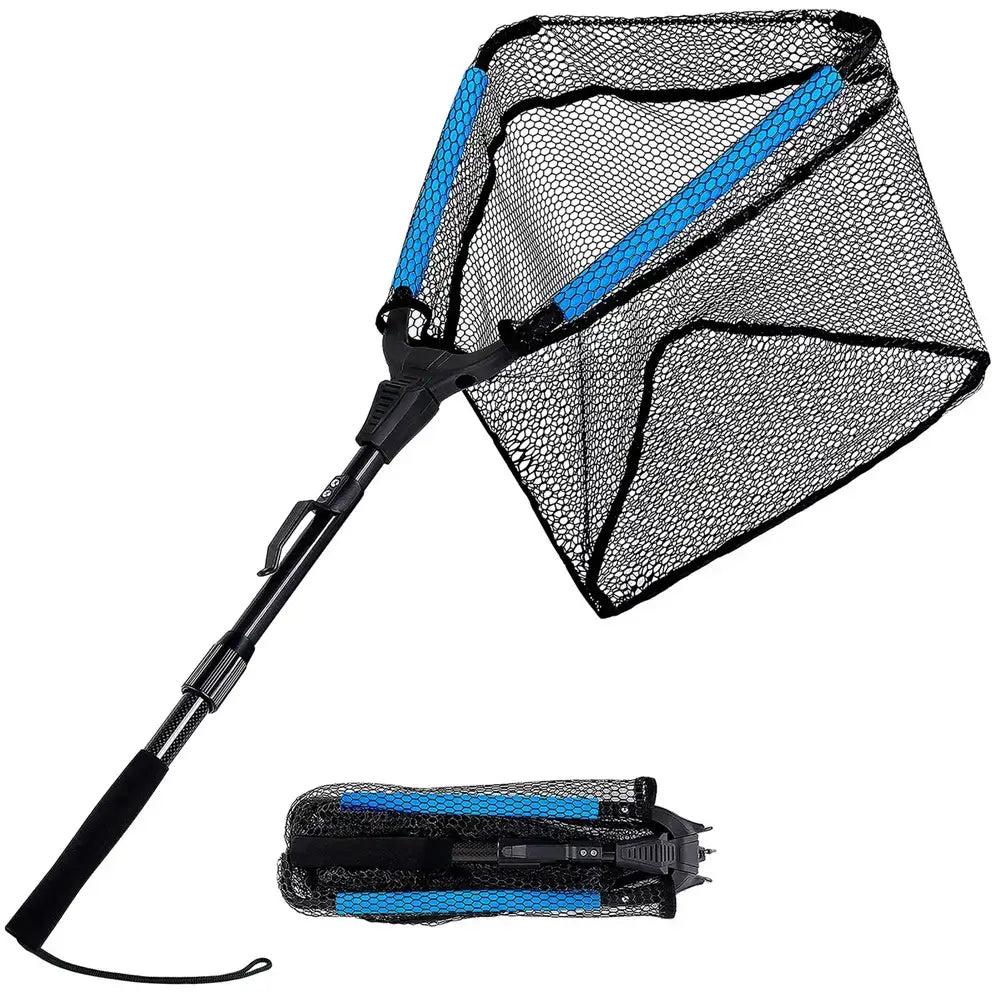When it comes to fishing, the type of net you use can greatly impact your success. Understanding the different types of fishing nets and their uses is essential for any angler. In this article, we will explore the various types of fishing nets and how they are used in the industry.

The Importance of Choosing the Right Fishing Net
Before delving into the different types of fishing nets, it is crucial to understand why choosing the right net is so important. Each type of net is designed for specific fishing conditions and target species. Using the wrong net can result in damage to the fish or even the net itself.
For example, a gill net is commonly used for catching fish that swim into the net and become entangled. However, using a gill net in an area with a high population of non-target species can lead to bycatch, which is the unintentional capture of unwanted marine life. By understanding the different types of fishing nets and their uses, anglers can minimize bycatch and ensure sustainable fishing practices.
The Different Types of Fishing Nets
1. Gill Nets: Gill nets are one of the most commonly used types of fishing nets. They consist of a panel of netting that is suspended vertically in the water column. Fish swim into the net and become entangled in the gill openings, allowing the angler to easily retrieve the catch. Gill nets are often used in commercial fishing operations.
2. Cast Nets: Cast nets are circular nets with weights around the edges. They are thrown by hand, allowing the net to spread out and sink to the bottom. When pulled back, the weights cause the net to close, trapping any fish within. Cast nets are commonly used by recreational anglers for catching baitfish.
3. Seine Nets: Seine nets are large nets that are used to encircle a school of fish. They consist of a long net with floats on the top and weights on the bottom. The net is deployed in a semicircle and then pulled in, capturing the fish within. Seine nets are often used in commercial fishing for species like herring and sardines.
4. Trawl Nets: Trawl nets are large nets that are towed behind a boat. They are used to catch fish and other marine organisms that live near the ocean floor. Trawl nets have a funnel-shaped opening called a codend, which allows fish to enter but makes it difficult for them to escape. Trawl nets are commonly used in commercial fishing for species like shrimp and cod.
Examples of Fishing Nets in Action
Understanding the different types of fishing nets and their uses is best illustrated through examples:
1. A commercial fisherman in Alaska uses a gill net to catch salmon. The net is set in a specific area where the salmon are known to migrate, allowing the fisherman to efficiently catch their target species.
2. A recreational angler in Florida uses a cast net to catch live bait for offshore fishing. By throwing the net in shallow water near a baitfish school, the angler can quickly gather enough bait to last the entire fishing trip.
3. A commercial fishing vessel in the Mediterranean uses a seine net to catch a large school of anchovies. The net is deployed in a semicircle around the school, and the fish are then scooped up and transferred to the boat for processing.
4. A trawler in the North Sea uses a trawl net to catch shrimp. The net is dragged along the ocean floor, capturing shrimp and other bottom-dwelling organisms. The catch is then sorted and processed on board the vessel.
Conclusion
Understanding the different types of fishing nets and their uses is essential for any angler. By choosing the right net for the fishing conditions and target species, anglers can maximize their catch while minimizing bycatch and promoting sustainable fishing practices. Whether you are a recreational angler or a commercial fisherman, having a thorough understanding of fishing nets is key to success in the industry.
References:
1. National Oceanic and Atmospheric Administration
2. Food and Agriculture Organization of the United Nations








